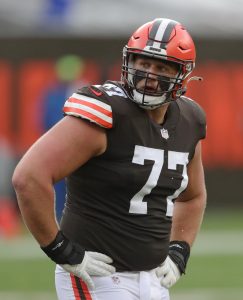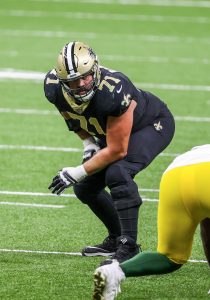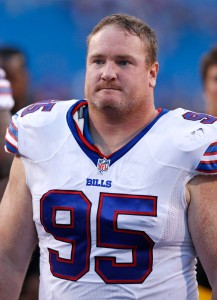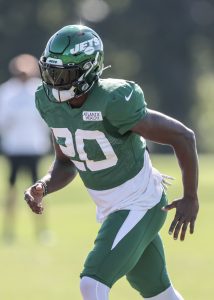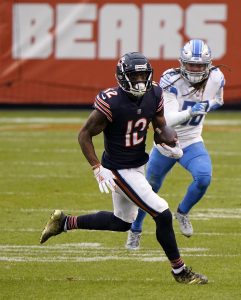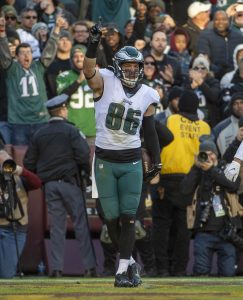On this date last year, Patrick Mahomes became a very, very, very rich man. On July 6, 2020, the former MVP signed a historic 10-year extension with the Chiefs.
 The massive deal was worth $477MM, with potential bonuses bumping the contract to a max value of $503MM. The deal marked the first time that an NFL player held the title of “highest-paid player in American sports history.” Mahomes’ $477MM in “guarantee mechanisms” exceeded the 12-year, $426.5MM deal that Mike Trout signed with the Los Angeles Angels in 2019, and the $50.3MM average annual value topped Portland Trail Blazers star Damian Lillard‘s $49MM AAV (part of a four-year, $196MM deal that will begin in 2021).
The massive deal was worth $477MM, with potential bonuses bumping the contract to a max value of $503MM. The deal marked the first time that an NFL player held the title of “highest-paid player in American sports history.” Mahomes’ $477MM in “guarantee mechanisms” exceeded the 12-year, $426.5MM deal that Mike Trout signed with the Los Angeles Angels in 2019, and the $50.3MM average annual value topped Portland Trail Blazers star Damian Lillard‘s $49MM AAV (part of a four-year, $196MM deal that will begin in 2021).
Worldwide, Mahomes’ contract value only trailed Lionel Messi’s head-spinning four-year deal worth around $674MM. With Messi’s contract recently expiring, the Chiefs QB could soon hold the title for largest contract in all of sports.
From an NFL standpoint, both the $477MM value and $140MM in guaranteed money shattered NFL records. Mahomes’ ~$50MM-per-year price tag was a staggering $10MM increase on Russell Wilson‘s $35MM-AAV deal that previously resided as the NFL salary benchmark. As far as guarantees go, Mahomes’ bests the previous leader — Jared Goff‘s 2019 re-up — by $30MM.
It wasn’t a huge surprise that Mahomes was able to garner such a deal, and it wasn’t a huge surprise that the Chiefs were willing to make such a commitment to the franchise quarterback. After all, few players have managed to accomplish all Mahomes had through their first two seasons as a starter. Fortunately, Mahomes continued to back up the organization’s faith in 2020. The 25-year-old had another standout campaign, completing a career-high 66.3-percent of his passes for 38 touchdowns vs. only six interceptions. Mahomes also guided the Chiefs to their second-straight Super Bowl appearance, where they ultimately lost to the Buccaneers.
Unsurprisingly, we’ve already seen Mahomes work with the Chiefs to save the organization some cash. We learned earlier this offseason that the quarterback had restructured his contract, providing the team with an extra $17MM in cap space by moving much of Mahomes’ $21.7MM roster bonus into a prorated signing bonus. Language in Mahomes’ deal allows the Chiefs to automatically restructure it to create cap space, and since the quarterback is inked through the 2031 season, this surely won’t be the last time we see both sides agree to a reworked deal.
The 10-year deal that was signed one year ago today was practically unprecedented. Considering Mahomes’ standing as the best young QB in the NFL, it will probably be a while before we see another franchise commit half-a-billion dollars to a player.
